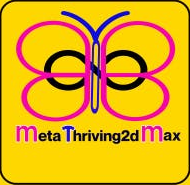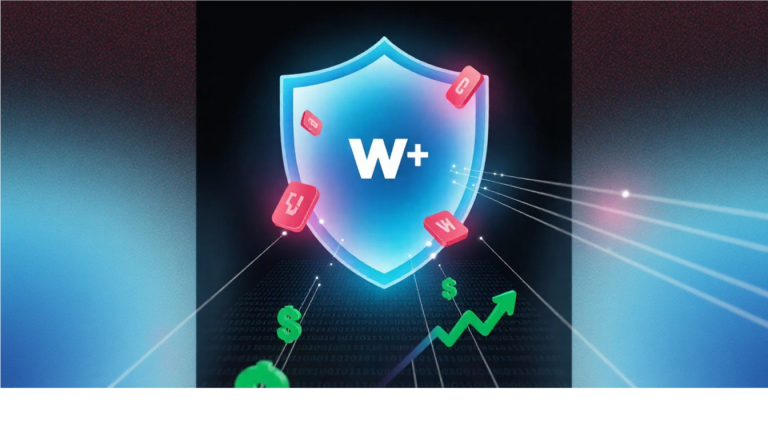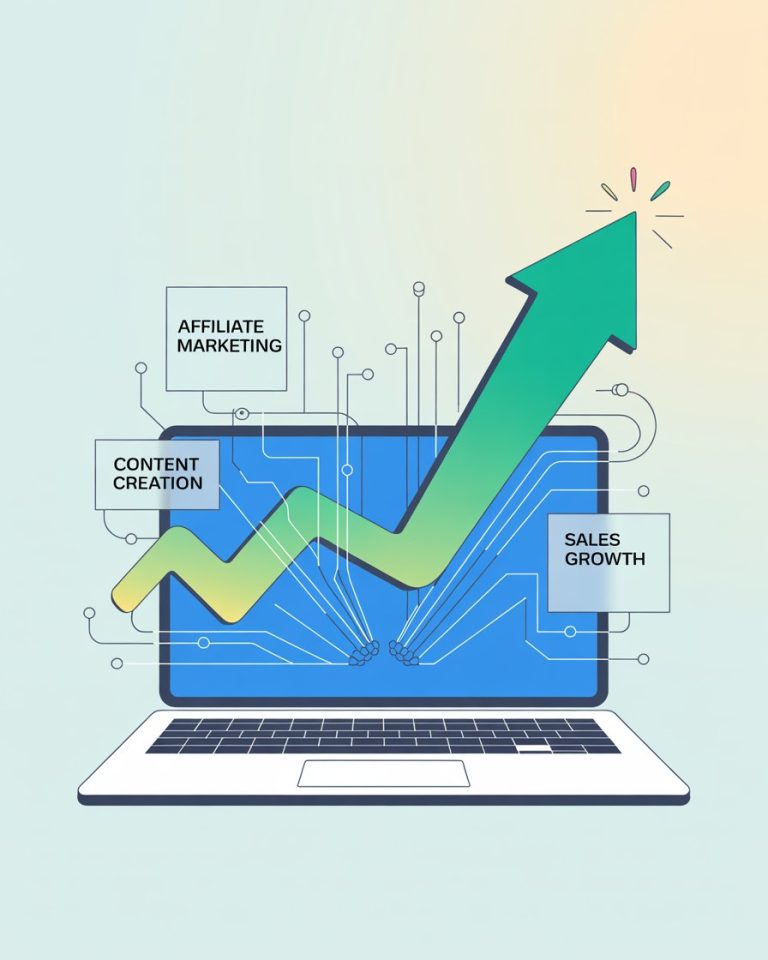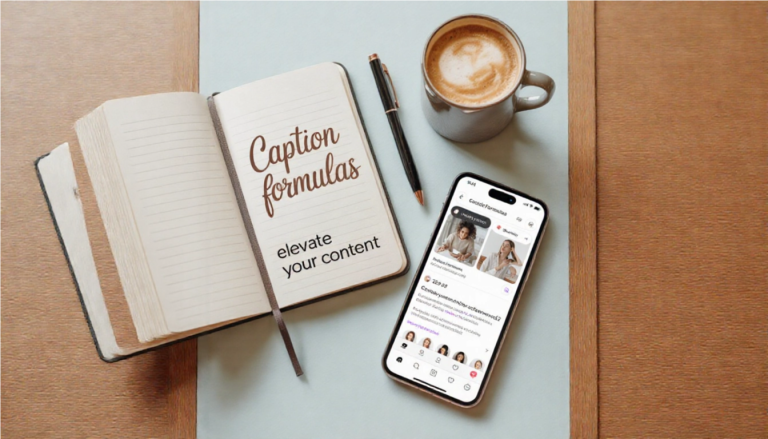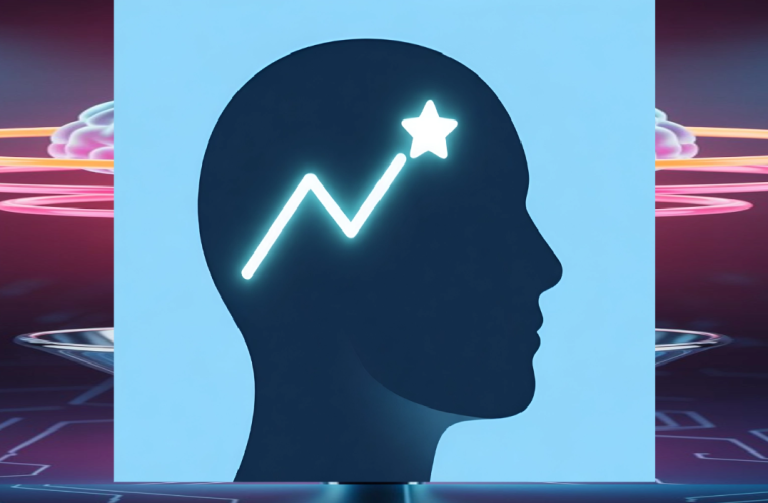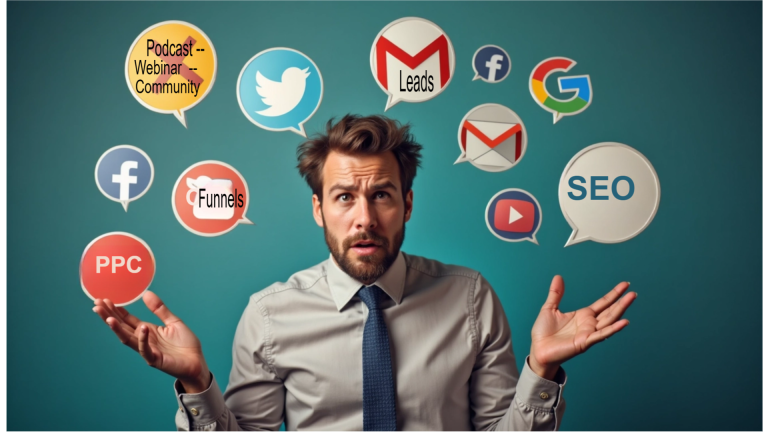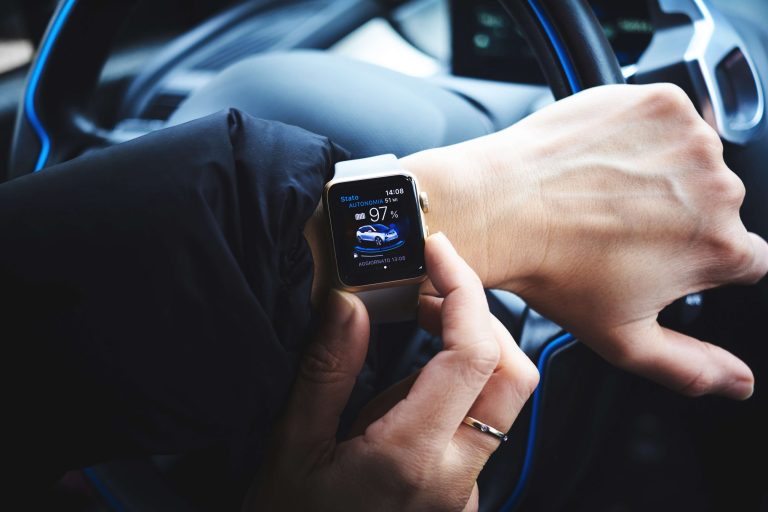How to Write AI Art Prompts for Stunning Blog Images (A Beginner’s Guide)
Introduction
As an entrepreneur, you know that great visuals are non-negotiable. They stop the scroll, break up your text, and make your brand look professional. But let’s be honest: finding the perfect stock photo can be a soul-crushing task. It’s either generic, overused, or doesn’t quite match your vision.
What if you could create a completely unique, stunning image for every single blog post, in minutes?
Welcome to the world of AI art generators like Midjourney and DALL-E. These tools are a game-changer for content creators, but they have one catch: you need to know how to “speak their language.” The quality of your image depends entirely on the quality of your prompt.
This guide will teach you the simple formula for writing effective AI art prompts. This is a key productivity hack that supports the high-level strategies we cover in our complete The Dopamine Marketing Blueprint: Your Cornerstone Guide to Viral Lead Generation.
The Anatomy of a Perfect Prompt
Think of writing a prompt like giving instructions to a brilliant but very literal artist. The more specific you are, the better the result. A great prompt usually contains a few key ingredients.
1. The Subject: What is the main focus?
Start with the most important thing you want to see in the image. Be clear and descriptive.
- Simple:
A marketing funnel. - Better:
A minimalist digital illustration of a marketing funnel. - Best:
A minimalist digital illustration showing a marketing funnel, with gold coins going in the top and new customer icons coming out the bottom.
2. The Style: What should it look like?
This is where you define the artistic feel. Do you want a photo, a cartoon, or a painting?
- Key Style Words:
digital art illustration,flat-lay image,photorealistic,abstract,watercolor painting,3D render,minimalist line art. - Example:
A **clean, modern flat-lay image** showing a smartphone...
3. The Composition & Lighting: How is it arranged?
Describe the scene. Is it a close-up? Is the lighting bright or moody?
- Key Composition Words:
close-up shot,wide angle,dynamic,symmetrical,cinematic lighting,soft, natural light,glowing,neon. - Example:
...showing a **glowing, futuristic keyboard**. From the keyboard, a beautiful and complex piece of digital art is **materializing on a screen in front of it**.
4. The Color Palette & Mood: What does it feel like?
Color has a huge impact on the emotion of an image. Guide the AI by suggesting a color scheme and the overall mood.
- Key Mood Words:
professional,calming,energetic,futuristic,playful,sophisticated. - Example:
The **color palette is a sophisticated mix of deep blues, purples, and vibrant, electric pinks and oranges** to represent the 'dopamine rush.' The overall aesthetic is **clean, modern, and tech-focused**.
Ready to Create Content That Converts?
Stunning images are just one piece of the puzzle. To turn that attention into leads, you need a powerful system. Grab the free, automated lead funnel that we use to convert viewers into subscribers.
Get the Free Automated Funnel Here
And for daily motivation, check out the art designed to celebrate your wins.
(https://metathriving2dmax.online/dopamine-printable-playbook-2/)
Putting It All Together: A Real Example
Let’s look at a prompt we used for our cornerstone post and break it down.
The Goal: Create an image for a post about Dopamine Marketing.
- Subject:
A stylized, glowing brain with dopamine pathways lighting up. These pathways flow downwards, transforming into a sleek marketing funnel. - Style:
An abstract, professional digital art illustration for a marketing blog. - Composition:
Inside the funnel are satisfying, perfectly ordered geometric shapes, symbolizing leads being captured. - Color & Mood:
The color palette is a sophisticated mix of deep blues, purples, and vibrant, electric pinks and oranges to represent the 'dopamine rush.' The overall aesthetic is clean, modern, and tech-focused.
By combining these specific instructions, you move from a vague idea to a clear, actionable prompt that the AI can understand and execute beautifully.
Your New Creative Superpower
Learning to write effective AI art prompts is a skill that will save you countless hours and elevate the quality of your brand. Stop scrolling through endless stock photo libraries. Start creating exactly what you envision.
This is just one of the many systems you can use to make your marketing more effective and satisfying. To see how it fits into the bigger picture of viral lead generation, be sure to read our complete The Dopamine Marketing Blueprint: Your Cornerstone Guide to Viral Lead Generation.
